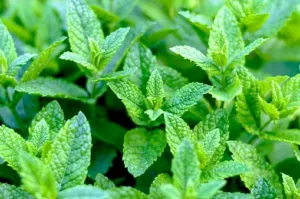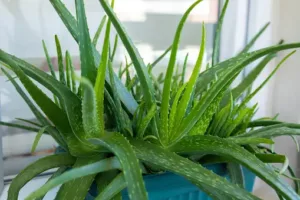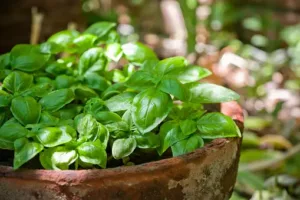There’s a sense of profound satisfaction in cultivating your own herb garden, where the secrets to health and wellness flourish in the form of medicinal herbs. Whether you have a spacious backyard or just a small balcony, growing medicinal herbs at home is an empowering and rewarding endeavor. In this article, we embark on a journey into the world of homegrown herbs and explore the benefits of creating your own herbal oasis.


Why Grow Medicinal Herbs at Home?
Access to Fresh Remedies: When you grow medicinal herbs at home, you have easy access to fresh and potent ingredients for natural remedies. No need for a trip to the store; the remedy is right in your garden.
Control Over Purity: You control what goes into the soil and onto your plants, ensuring that your herbs are free from pesticides and chemicals.
Sustainability: Home gardening reduces your carbon footprint. You’re not contributing to long transportation distances or excessive packaging.
Cost-Effective: Growing your own medicinal herbs can be a cost-effective way to maintain your health. No need to purchase expensive herbal supplements or remedies.
Connection with Nature: Gardening is therapeutic. It connects you with nature, reduces stress, and provides a sense of accomplishment.
Getting Started: Choosing Your Herbs
The first step in creating your healing garden is selecting the herbs you want to grow. Consider the following popular medicinal herbs that are suitable for home gardens:
- Lavender: Known for its calming properties, lavender can be used for relaxation and sleep aid.


- Mint: Mint varieties like peppermint and spearmint are excellent for digestive issues and teas.


- Aloe Vera: Aloe Vera gel is a powerful remedy for skin issues, including burns and minor cuts.


- Chamomile: Chamomile flowers make a soothing tea that promotes relaxation and sleep.


- Coneflower: Coneflower is famous for its immune-boosting properties.


- Basil: Beyond its culinary uses, basil has medicinal qualities and is known for its anti-inflammatory and antioxidant properties.


Creating Your Herbal Haven
Here’s a step-by-step guide to creating your healing garden:
- Select the Right Location: Most herbs thrive in a sunny spot, so choose a location with at least 6-8 hours of sunlight per day.
- Prepare the Soil: Herbs prefer well-draining soil. You can improve soil quality by adding compost or potting mix.
- Choose Containers: If space is limited, consider growing herbs in containers or pots. This is a great option for small balconies or windowsills.
- Watering: Herbs generally prefer even, consistent moisture. Be sure not to overwater or let the soil dry out completely.
- Harvesting: The best time to harvest your medicinal herbs is in the morning, after the dew has dried. When harvesting, cut the stems just above the leaves.
Once you have harvested your herbs, you can use them fresh, dry them for later use, or make them into teas, tinctures or other herbal preparations.
Final Words
Growing medicinal herbs at home is a rewarding and healthful endeavor, and we at Akam Nature Care are here to support you on this herbal journey. Whether you’re a seasoned gardener or a beginner with a green thumb, our commitment to herbal wellness extends to providing you with the expert guidance for your home garden. As you cultivate your herbal haven, remember that nature’s remedies are just a few steps away, and our herbal expertise is always at your service. Happy gardening!
